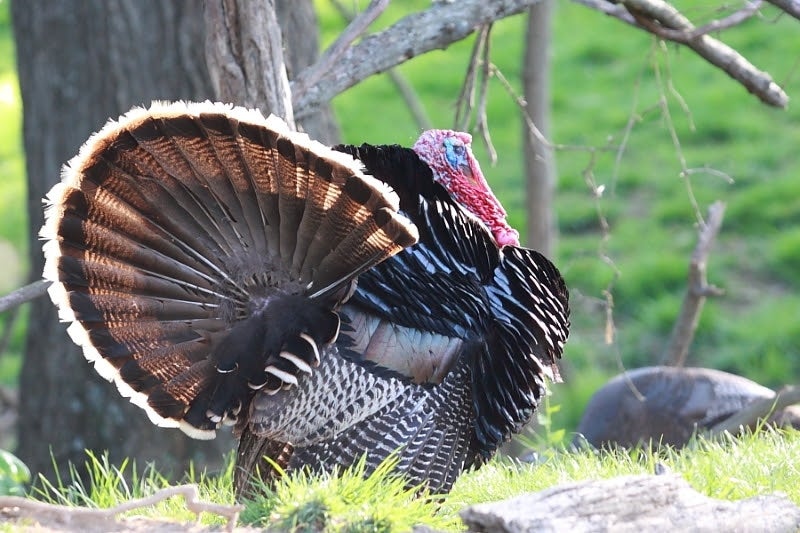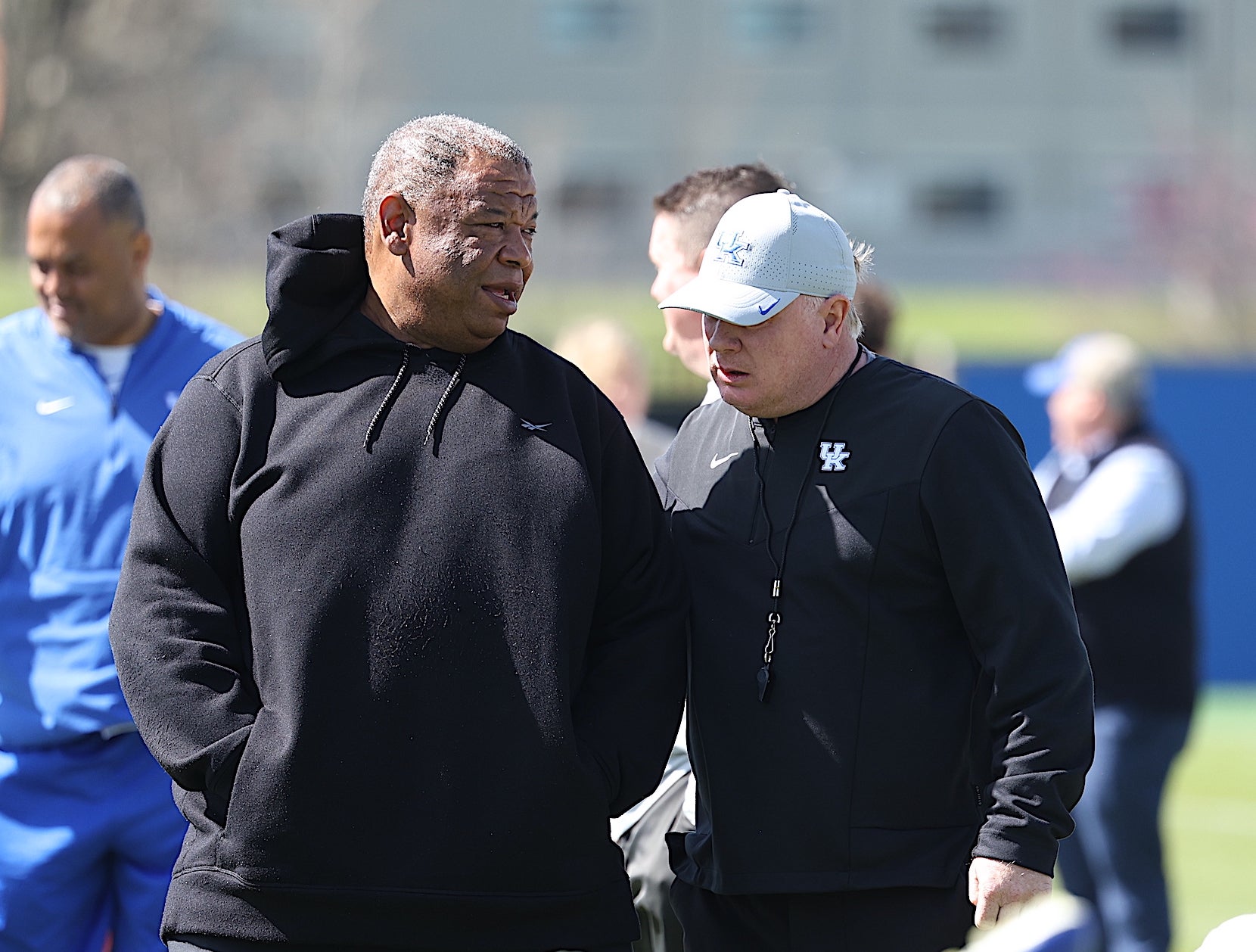Kentucky’s spring turkey hunting returns
Published 2:30 pm Friday, March 31, 2023

- (Kentucky Department of Fish and Wildlife Resources photo)
|
Getting your Trinity Audio player ready...
|
News Release
Unlike the American woodcock’s skyrocketing flight or the mating dance of sandhill cranes, wild turkeys communicate through different vocalizations during the breeding season. The thrill of hearing gobbling is a call that many hunters cannot resist.
This season, Kentucky hunters can expect to hear plenty of excitable gobblers in the field. This should make for especially good turkey hunting for 2023.
Kentucky’s 2023 spring turkey hunting kicks off with the youth-only season held the weekend of April 1-2 followed by the general hunting season opening April 15 and continuing through May 7. Kentucky’s spring hunting season is structured to give turkeys ample time to breed before introducing hunting pressure while giving hunters the opportunity to hear plenty of gobbling.
Zak Danks, wild turkey program coordinator for the Kentucky Department of Fish and Wildlife Resources, forecasts a good year for gobbling by 2-year-old birds based on the above-average turkey brood survival rate recorded in 2021. Brood surveys, which are conducted in July and August, help the department make season predictions.
“We have observed more large groups of gobblers and other indications that further support the forecast for great opportunities for hunters to harvest mature gobblers,” Danks said.
He encourages beginners to try turkey hunting this season, as these abundant 2-year-old birds have encountered less hunting pressure than older gobblers, potentially making them more susceptible to calling by hunters.
Kentucky Fish and Wildlife maintains a “Learn to Hunt Turkey” page on its website designed to help newcomers to turkey hunting.
Kentucky’s statewide spring harvest limit is two legal turkeys. A legal turkey is defined as a wild turkey that is male or has a visible beard. Hunters should note a recent regulation change specifying that a hunter shall not take more than one legal turkey per Wildlife Management Area (WMA) in spring.
This amendment is in accordance with the department’s ongoing wild turkey studies. The Kentucky Fish and Wildlife Commission voted to limit turkey harvests on WMAs as well as expand coyote hunting methods in an attempt to lessen hunting pressure and predation on wild turkeys.
Kentucky Fish and Wildlife’s 2023 Spring Hunting Guide includes complete spring hunting regulations, tips on gobbler and hen identification and more. Printed copies are available wherever hunting licenses are sold. This regulations summary also is available on the department’s website (fw.ky.gov) to view and download. The online version includes an update pertaining to legal use of salt and minerals for wildlife.
For public lands hunters, Danks suggests hunting during the week when areas are typically less busy. Wildlife management areas with recent habitat work, such as forest management or prescribed burns, provide great turkey habitat. A list of WMAs and other public lands in Kentucky can be found on the department’s website. Scouting to listen for gobbling, and to look for turkey sign and attractive habitat conditions, helps maximize your likelihood of finding birds.
The best days for spring turkey hunting generally include clear skies and calm winds, explained Danks, when birds are more likely to be active. Wet and humid conditions are not as favorable for hunters.
“Have a variety of tools on hand,” he said. “When there’s a lot of gobbling and more 2-year-old birds new to hunting pressure, hunters may be able to dust off their array of calls and call more.”
Basic turkey hunting essentials include:
• A turkey call
• Full camouflage including face mask and gloves, preferably
• Annual resident or nonresident hunting license
• Spring or Youth Turkey Permit
• Harvest log and pen or pencil
Range finders are not essential but are popular handheld tools that gauge distances in the field to help hunters make good shots within the effective range of their shotguns.
Danks urges caution with tactics that rely upon imitating another gobbler, such as using a turkey tail fan to lure a gobbler into shotgun range. Other hunters could mistake you for a turkey.
Hunters are not required to wear hunter orange clothing during the spring turkey seasons. However, wearing an article of hunter orange clothing while going to and from a setup location or while carrying a harvested turkey is a simple and effective way to help prevent hunting accidents that can occur when a hunter is mistaken for game.
Unless license exempt, hunters in the field must carry a spring turkey hunting permit and an annual hunting license. Youth hunters ages 12-15 may hunt turkeys using a youth turkey permit and youth hunting license. A sportsman’s license includes the permit and license.
Hunters can purchase or view licenses and permits through the department’s MyProfile online portal.
Hunters who harvest a turkey must report the harvest using the department’s “Telecheck” big game check-in system, which can be done online (also through MyProfile) or via telephone at 800-245-4263 (800-CHK-GAME). Telecheck helps ensure lawful harvests and records important biological data for monitoring harvest trends.
Hunters who harvest a turkey wearing a metal leg-band also should report the information as directed on the band to the department. These reports assist Kentucky Fish and Wildlife’s research.
As a reminder, calls that imitate turkeys cannot be used from March 1 until the opening of the youth-only season and from the close of that season until the opening of the general season. However, hunters may use calls that imitate owls or crows while scouting in the pre-season.





